#morality in literature
Explore tagged Tumblr posts
Text
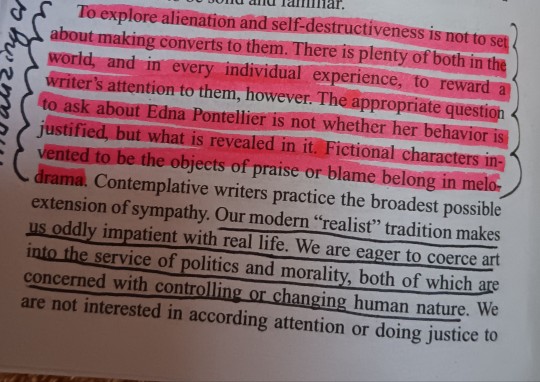
Reading the introduction of Kate Chopin's "The Awakening" by Marilynne Robinson, and, yeah....things really haven't changed since Robinson wrote this in the 80s
2 notes
·
View notes
Text
Tolstoy vs Dostoevsky: Which Russian Author Prevails?
If you had to choose between Tolstoy and Dostoevsky, which would it be? This is a question that has divided readers for centuries. For some, Tolstoy’s sweeping epics and keen insights into society’s inner workings reign supreme. For others, Dostoevsky’s psychological depth and exploration of the human soul have no equal. Choosing between them feels almost like choosing between two different…
#Classic Literature#Crime and Punishment#Dostoevsky#Literary Analysis#Morality in Literature#Russian Authors#Russian Literature#Tolstoy#war and Peace
1 note
·
View note
Text
The Intertwined Themes of Revenge and Morality in "Guild of Assassins"
As a writer, one of my primary goals is to create stories that not only entertain but also challenge readers to consider deeper questions about the human experience. In my upcoming dark fantasy novel, “Guild of Assassins,�� I’ve woven a tapestry of themes that explore the complexities of vengeance, morality, and personal identity. At its core, “Guild of Assassins” is a story about the consuming…

View On WordPress
#assassin stories#Character Transformation#dark fantasy#dark fantasy themes#ethical dilemmas in fiction#fantasy character arcs#fantasy novels 2024#fantasy world-building#Guild of Assassins#identity exploration#moral ambiguity#moral choices in novels#morality in literature#narrative of vengeance#personal identity fiction#protagonist development#psychological fantasy#quest for justice#themes of revenge
1 note
·
View note
Text
Writing Notes: Morally Grey Characters

Morally grey characters - operate beyond the dichotomy of good versus evil.
These characters will usually make the choice to pursue their own ambitions over those of the greater good or evil.
Because their goals are removed from these qualities, they could be inherently good or bad, so long as they serve the character's ultimate purposes.
However, that’s not to say that morally grey characters don’t aim to make the world better (or worse) in some way.
They may have a larger goal that they’re striving to achieve.
Example: Immortality for all or taking down a corrupt government.
But this doesn’t necessarily mean morally grey characters won’t see others suffer, regardless of intent.
They are often described as being reserved and unfeeling—a dramatic outward expression for characters whose inner selves are anything but, yet appropriate to exemplify the secrets they keep locked away.
The beauty of morally grey characters is that they don't fit into a mold like many other character tropes, which makes them instantly feel more real.
Tips to Writing Morally Grey Characters
Your morally grey characters should still feel like a living, breathing person and not just a caricature of one. In order to realistically portray them, there are 4 important things to consider:
1. What is your morally grey character's life's mission?
This needs to become their guiding belief, their driving force.
These characters are very goal-oriented.
More than anything else, this is why they make the choices that they do, for better or worse.
2. How far are they willing to go to achieve their goals?
They are unique in that they are capable of making hard decisions that most of us might otherwise struggle with, and they often seem to do so with ease.
What matters is achieving their goals—not necessarily how they go about doing so.
3. They need to still have a system of core values to abide by.
Even morally grey characters have an internally consistent scale of, well, morality (albeit on their own terms).
Give your character a code to live by that even they wouldn’t break.
4. What is their role in your story?
Don’t create morally grey characters just for the sake of it.
Whether their storyline is part of the main plot, or whether they have subplots that influence the overall story, there needs to be a point to it all regardless.
Morally Grey Character or Villain?
What may differentiate a morally grey character from a true villain are the following 3 things.
Recognition: Your morally grey character should recognize that their choices can cause harm, intentionally or otherwise.
Remorse: Following that recognition, and often as a result of it, they must understand and experience remorse.
Redemption: Finally, when even they feel things have gone too far, your morally grey character must seek redemption however that manifests itself in your story.
Source ⚜ Writing Notes & References
#writing notes#on writing#morally gray characters#character development#writeblr#spilled ink#dark academia#writing reference#writing prompt#writers on tumblr#literature#poetry#poets on tumblr#writing tips#writing advice#fiction#creative writing#writing inspiration#writing inspo#writing ideas#picasso#art#writing resources
232 notes
·
View notes
Text
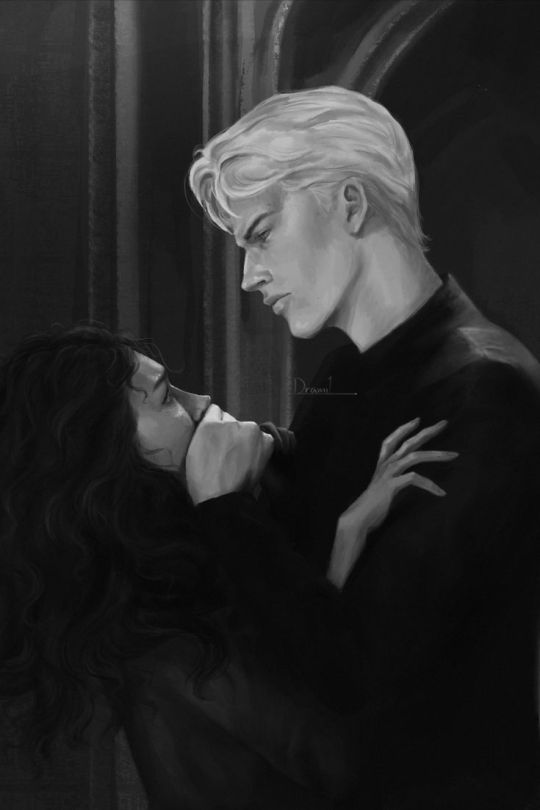
You were born bluer than a butterfly Beautiful and so deprived of oxygen Colder than your father's eyes He never learned to sympathize with anyone
I don't blame you But I can't change you Don't hate you But we can't save you
You were born reaching for your mother's hands Victim of your father's plans to rule the world Too afraid to step outside Paranoid and petrified of what you've heard
(But they could say the same 'bout me)
[Blue by Billie Eilish]
#dramione#draco malfoy#hermione granger#fanfiction#books and libraries#draco x hermione#fanfic#draco and hermione#hogwarts#books and literature#draco malfoy x hermione granger#love#i love him#romance secret#secret#romance#harry potter#billie eilish#blue#music#friends to lovers#enemies to friends#slow burn#secrets and masks#manacled#psychological trauma#morally gray Hermione Granger#morally gray Draco Malfoy#Death Eater Draco Malfoy
364 notes
·
View notes
Text
Highly recommend the 1872 novella Carmilla to all the wlw iwtv fans out there, it's about a gothic lesbian vampire-human romance and it lowkey changed my life. Like I cannot explain to you how shockingly gay and poetic this story that came out two decades before Dracula is. I'm a little devastated it took me this long to read it tbh
(And if you're looking for a good retelling that embraces the gay further I recommend Carmilla and Laura by S.D. Simper. It's not as poetic but it focuses on internalized homophobia, religion and has a happier ending)
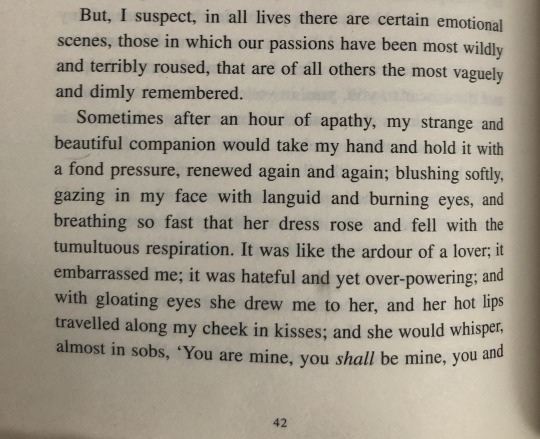

#carmilla#interview with the vampire#vampires#wlw#sapphic literature#theyre so gay#to like an INSANE degree for 1872#this book also came out before Dracula#its that og vampire shit#I could listen to Carmilla wax poetic about Laura all day#literature#iwtv#vampire chronicles#Where the hell is MY morally grey vampire gf#who stands over my bed covered in blood#I am in denial about the ending#carmilla karnstein#vampcore#lgbtq#queer books
409 notes
·
View notes
Quote
Existence is Identity, Consciousness is Identification.
Ayn Rand, Atlas Shrugged
#Ayn Rand#Atlas Shrugged#quotelr#quotes#literature#lit#atlas-shrugged#consciousness#existence#john-galt#life#man#mind#morality#morals#objectivism#philosophy#pursuit-of-happiness#rational#reason#think#thinking#truth#values#virtue#wisdom
111 notes
·
View notes
Text
I love the caption on my shirt.
Who agrees to that.

#lovers#beautiful#quotes#self love#cute#fall season#romance#unknown#fashion history#autumn#quotes and words#beautiful words#morals#deep thoughts#great minds think alike#english literature#literature#lit#original poem#amazing beauty#absolutely fabulous#truth#thru the mirror#spilled ink#literally me#just saying#best#memes#tumblr memes#me me me
64 notes
·
View notes
Text
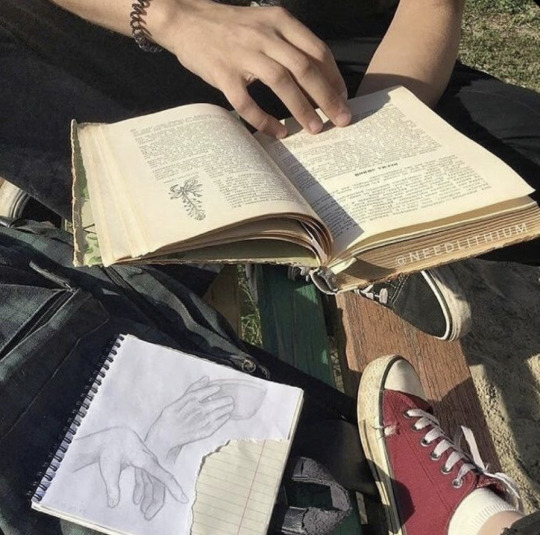
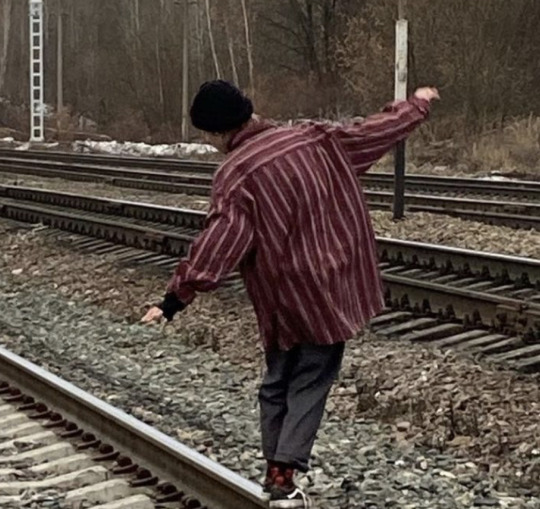
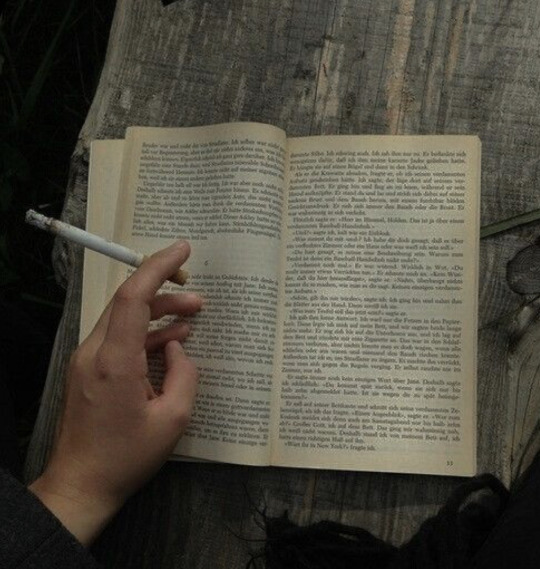
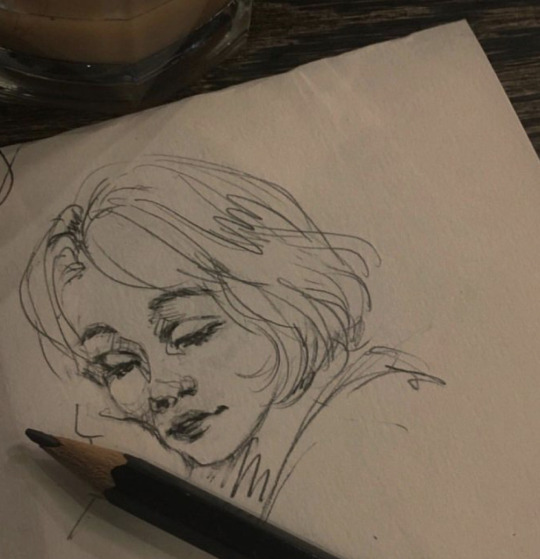
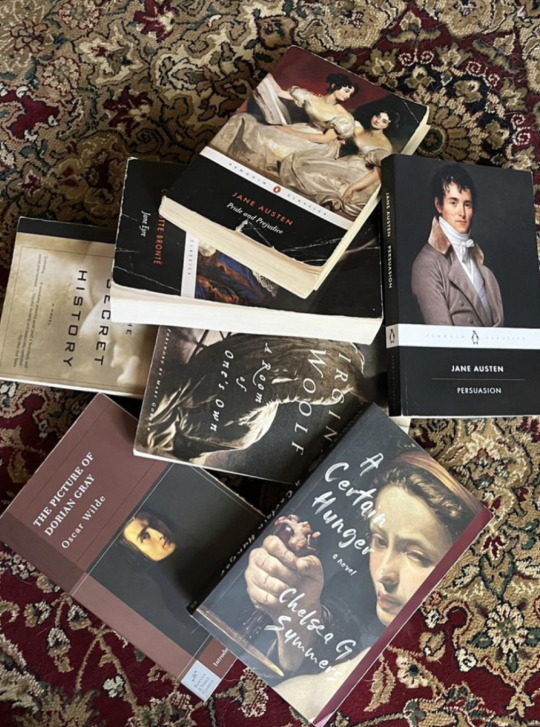
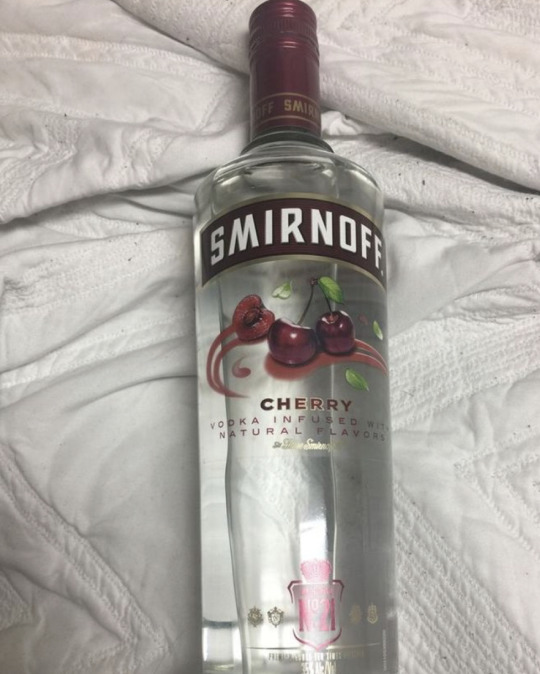

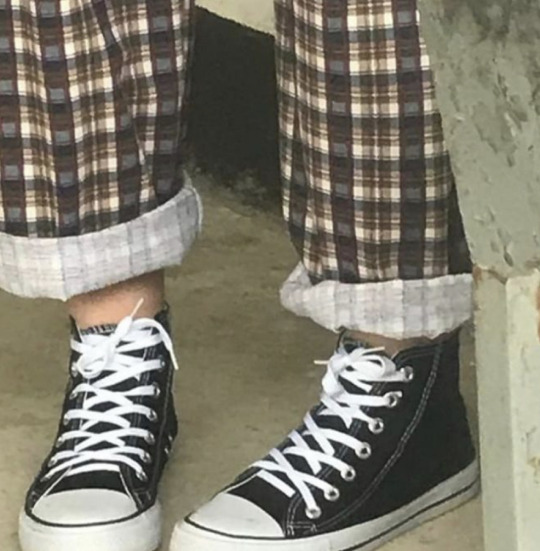
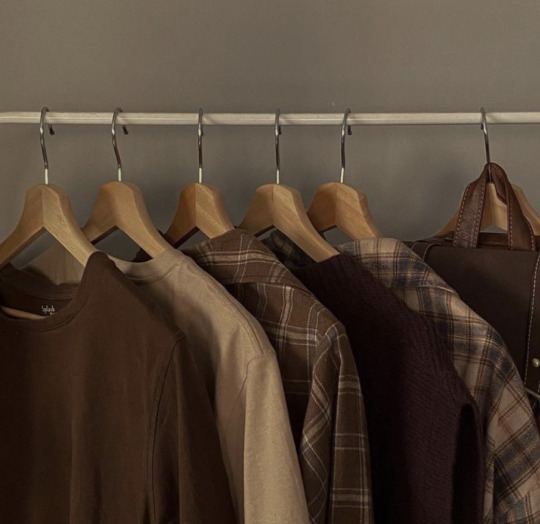
#red academia#light academia#autumn aesthetic#winter aesthetic#gryffindor aesthetic#morally grey gryffindor aesthetic?#romanticism#art academia#academia#books and literature#dark romantica#aesthetic#classic academia#dark academia#chaotic academia#red aesthetic#solitude#small town aesthetic#forest academia#teenage aesthetic#reading aesthetic#horror movie aesthetic#art aesthetic#comfy aesthetic#cosy academia
532 notes
·
View notes
Text
Writing Notes: Moral Development

The cultural-developmental approach to moral psychology suggests 3 vital trajectories in moral development stages (Jensen, 2015):
Autonomy - Emphasizing individuality; focusing on the self, including self-interest, rights, and wellbeing
Community - Focusing on memberships and relationships within social groups, including duties to others and their welfare and adherence to group norms and customs
Divinity - Focusing on the spiritual or religious dimensions or moral reasoning, including the sacredness of moral codes
Together, they form an important framework for understanding how we reason about moral issues from various perspectives. They balance personal, social, and spiritual values while emphasizing purity, sanctity, and spiritual accountability (Jensen, 2015).
Moral development and behavior involve putting ourselves in the place of others and typically require a combination of mutual respect, empathy, and caring (Gibbs, 2019).
Moral judgment begins to form in the early years, taking place in a social context, driven by interactions with peers and adults involving “taking turns, sharing, harming, and responding to harm” (Haidt, 2001, p. 817).
Kohlberg’s Stages of Moral Development
Lawrence Kohlberg’s (2015) theory of stages of moral development has dominated research in moral development for several decades (Gross, 2020).
Kohlberg assessed individuals’ moral reasoning through the lens of moral dilemmas.
Subjects were asked to choose between two or more alternative reactions or responses.
Kohlberg (2015) suggests 6 qualitatively different stages of moral development across the following 3 levels of moral reasoning (Gross, 2020):
Level 1: Preconventional morality
External consequences shape moral reasoning.
Stage 1 (punishment and obedience orientation) – What is punishable determines what’s right and wrong. As such, being moral means avoiding punishment.
Stage 2 (instrumental relativist orientation) – What people want and are rewarded for determines right and wrong. Other people’s needs matter, but only in a reciprocal sense.
Level 2: Conventional morality
Moral reasoning is influenced by our strong need to adhere to rules and authority.
Stage 3 (interpersonal concordance or “good boy-nice girl” orientation) – Being moral is determined by what pleases and helps other people — and ultimately what the majority thinks.
Stage 4 (maintaining the social order orientation) – It is our duty to respect authority and maintain social order. As such, this is more important than the needs of our family and loved ones.
Level 3: Post-conventional morality
Moral reasoning is determined by abstract reasoning.
Stage 5 (social contract–legalistic orientation) – While laws are established based on mutual agreement, they can be changed democratically or, at times, overridden. Life is more sacred than the legal principle.
Stage 6 (universal ethical principles orientation) – As society’s rules are arbitrary, our own conscience is the ultimate judge of what is right and wrong. As such, they can be broken when they conflict with “universal” principles.
The Methodology
The now famous Heinz dilemma created by Kohlberg involves an imaginary scenario where a man called Heinz can only save the life of his wife dying from cancer by getting his hands on a drug sold by a local, greedy pharmacist (Gross, 2020).
Despite all attempts, the husband can’t get all the money needed to buy the drug, so he considers breaking into the pharmacy to save his wife’s life.
Having explained the dilemma to study participants, Kohlberg asked them a series of questions, including (Gross, 2020):
Should the husband steal the drug? Why or why not?
If he doesn’t steal the drug, does he truly love his wife? What should he do then?
What if the person dying wasn’t his wife, but a stranger? What should he do?
How important is it for people to do all they can for the life of another?
Should people do everything they can to obey the law?
Criticism of Kohlberg’s Theory
Researchers have identified and expressed several criticisms of Kohlberg’s theory and stages of moral development (Gross, 2020; Gibbs, 2019).
Young children’s understanding of moral regulation is more complex than Kohlberg’s stage 1 (typically seen as 9 years old and below), which relies upon punishment and obedience.
Children do not typically experience the issues raised by Kohlberg’s dilemmas during their moral development. In fact, while their reasoning can be highly complex, it is often unclear and messy.
Some theorists argue that, as Kohlberg relied on an all-male sample in his research, the theory and stages described are biased toward men. As such, there are conflicting views regarding the suggestion that boys are biased toward preferring a “justice orientation” rather than a “care orientation” (with girls showing the opposite), as when pressed, they can switch between the two.
Education is a frequently ignored and confounding factor. While college-educated individuals are not morally superior, they may be more verbally sophisticated, influencing the moral stages to which they are attributed.
Source ⚜ More: Writing Notes & References ⚜ Writing Resources PDFs
#moral development#psychology#writing reference#writeblr#dark academia#character development#spilled ink#literature#writing tips#writing prompt#creative writing#fiction#writers on tumblr#writing advice#story#novel#light academia#writing inspiration#writing ideas#mary cassatt#writing resources
84 notes
·
View notes
Text
"The knife is a weapon of the Other"
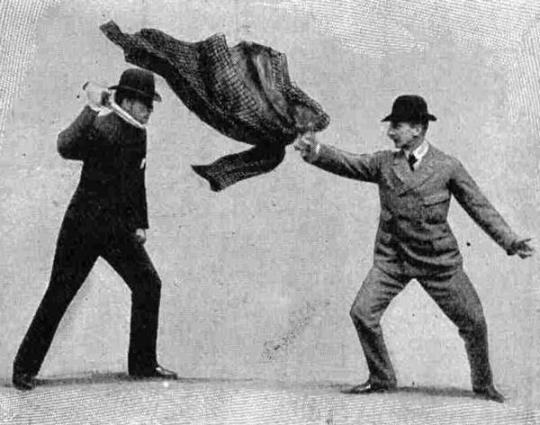
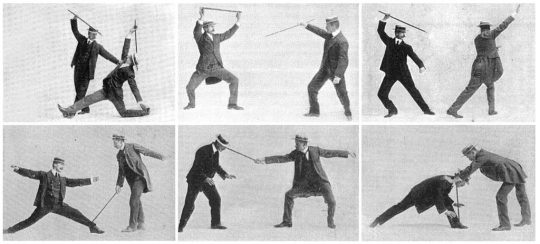
"The emerging martial art of Bartitsu, appearing in middle-class magazines during the Boer War, was the encapsulation of British civilian gallantry. Yet Bartitsu would have slid into obscurity had it not been for its curious appearance in the Sherlock Holmes canon. The final showdown of the ‘duel’ between Holmes and Moriarty is a wrestling match between two Victorian masterminds. When Holmes returns to London he tells Watson that he and Moriarty went to battle at the Reichenbach Falls unarmed. Holmes managed to ‘slip through’ Moriarty’s grip as he possessed ‘some knowledge’ of ‘baritsu, or the Japanese system of wrestling’, adding that the art had on occasion been useful to him.
Founded in the 1890s by an Anglo-Scottish engineer, Edward William Barton-Wright (1860–1951), Bartitsu was a synthesis of British boxing, French la savate (kickboxing) and Japanese jujitsu. Barton-Wright tapped into the need for a bourgeois form of self-defence, something which he could promote as being British and yet was also exotic and refined.
The principal aim of Bartitsu’s promoters was ‘to provide a means whereby the higher classes of society may protect themselves from the attacks of hooligans and their like all over the world’. These urban gangs were a new form of folk devil, descendants of the mid-Victorian-era garotter. While they were armed with clubs, knuckles, iron bars and leather belts, it is doubtful that they carried firearms. Nevertheless, the press did represent the hooligan as a threatening presence.
Perhaps the scares promoted the growth of a burgeoning culture of ‘British’ self-defence which avoided the aggressive and increasingly unmanly action of using a firearm against a ruffianly lower-class opponent equipped only with basic weapons.
Barton-Wright follows a literary tradition when he presents his martial art as a British form of self-defence. Pierce Egan’s well-known self-defence manual was supplemented with a word on the ‘Englishness’ of physical heroism, arguing that ‘Englishmen need no other weapons in personal contests than those which nature has so amply supplied them with’. In 1910 the former lightweight boxing champion Andrew J. Newton said in his manual Boxing that ‘the native of Southern Europe flies to his knife’, whereas the ‘Britisher […] is handy with his fists in an emergency’. Elsewhere it was maintained that the ‘Italian, Greek, Portuguese, or South American’ ‘give preference to the knife’ while the Englishman extols boxing. For Barton-Wright, British boxers ‘scorn taking advantages of another man when he is down’, while a foreigner might ‘use a chair, or a beer bottle, or a knife’ or, ‘when a weapon is available’, he might employ ‘underhanded means’. The views of these articles reappear in a later self-defence manual of 1914, where it is argued that Britons ‘live in a country where knife and revolver are not much in evidence’. This statement about the low number of firearms and edged weapons can be read as an attempt to extol British virtues and is not necessarily representative of reality. The knife is a weapon of the Other. Barton-Wright’s view that English practitioners of Bartitsu are principled men is reflected in the Sherlock Holmes canon, where Holmes never uses a knife, although his enemies, whether foreign or British, do so at times."
— Emelyne Godfrey, Masculinity, Crime and Self-Defence in Victorian Literature (Palgrave Macmillan, 2013) (very abridged)

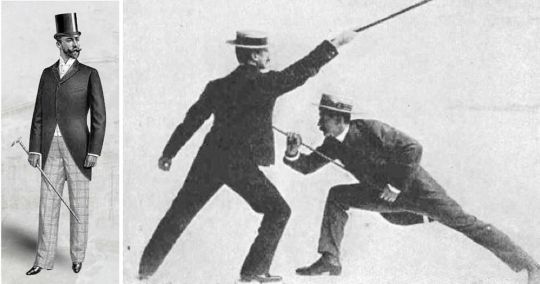
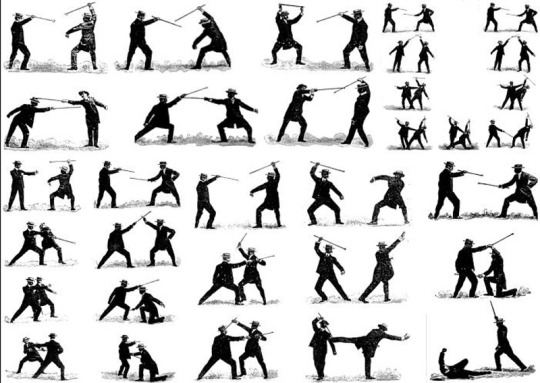
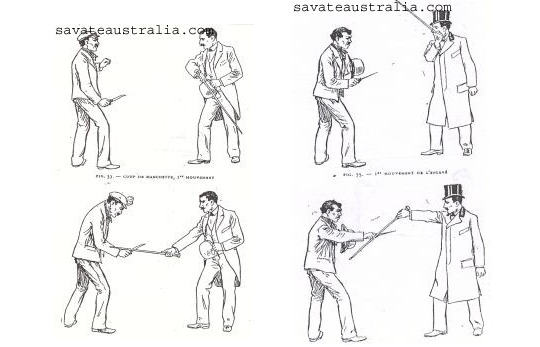
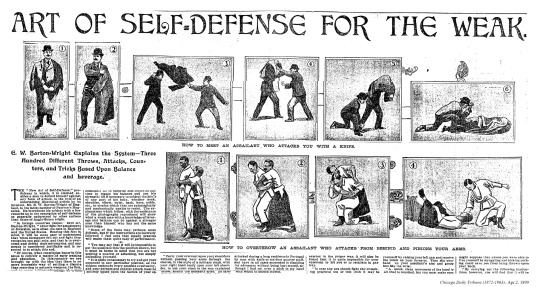
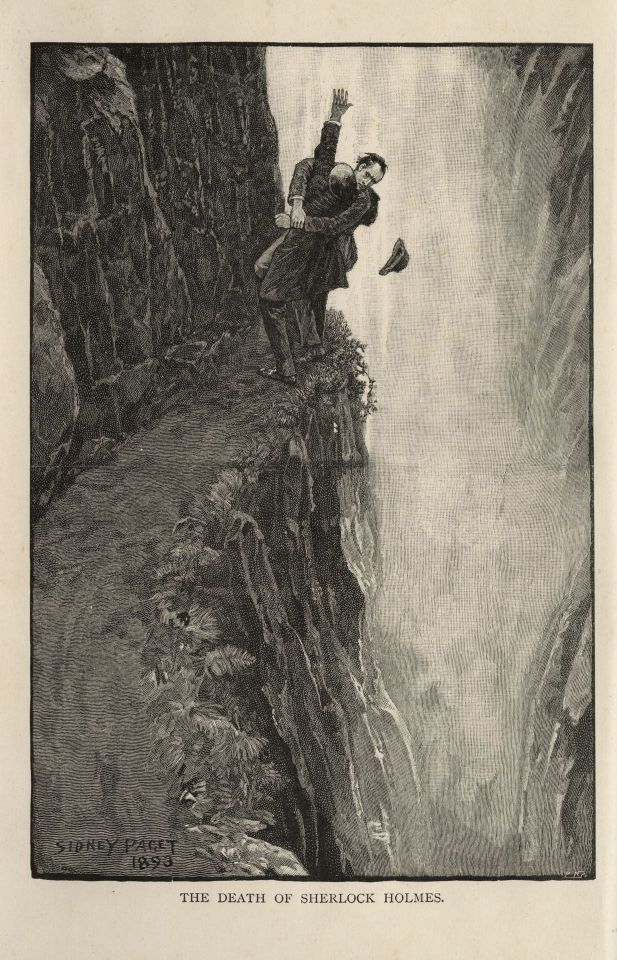
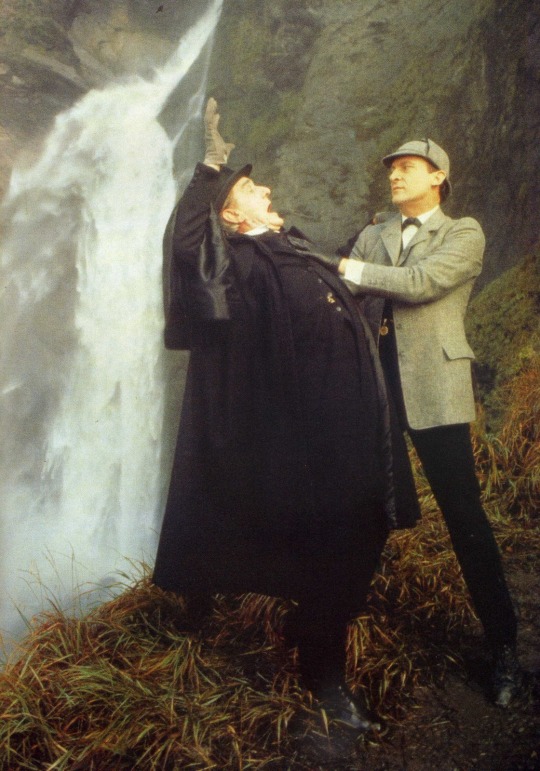
#Masculinity Crime and Self-Defence in Victorian Literature#Emelyne Godfrey#theory#how to stab#sherlock holmes#arthur conan doyle#bartitsu#rogues in fiction#moral panics#dishonour on your cow
624 notes
·
View notes
Text
THOSE Frankenstein fans when both Victor and the Creature have positive and negative qualities, and the story is a tragedy where both characters involved are flawed and it’s not a morality battle between who’s the innocent one and who’s the Bad Guy™️ (and then get pissed at anyone likes one of those characters and labels them as problematic like we’re in the fucking 2020 Danganronpa fandom):
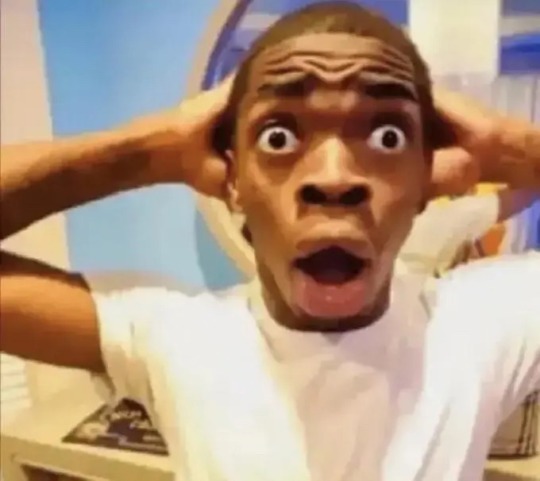
Just while we’re at it, Frankenstein is not a weak whiny bitch and the Creature doesn’t have no moral compass and didn’t emerge from the operating table murderous
Frankenstein IS vastly immature and incapable of communicating his emotions and considering the consequences of his actions bar a few instances and the Creature is basically an incel serial killer
Now shut the fuck up with the “who’s the victim, Victor or the Creature?” bullshit arguments and agree they’re both pathetic morally flawed babygirls and collectively up the fan content for our best girl who deserved so much better Elizabeth Lavenza my beloved wife
#(just because a character is morally flawed doesn’t mean you aren��t allowed to like them)#(newsflash dickhead we are literally all morally flawed that’s the nature of humanity)#reblog#gothic lit#classic literature#gothic literature#frankenstein#frankenstein weekly#Victor Frankenstein#frankensteins creature
191 notes
·
View notes
Text
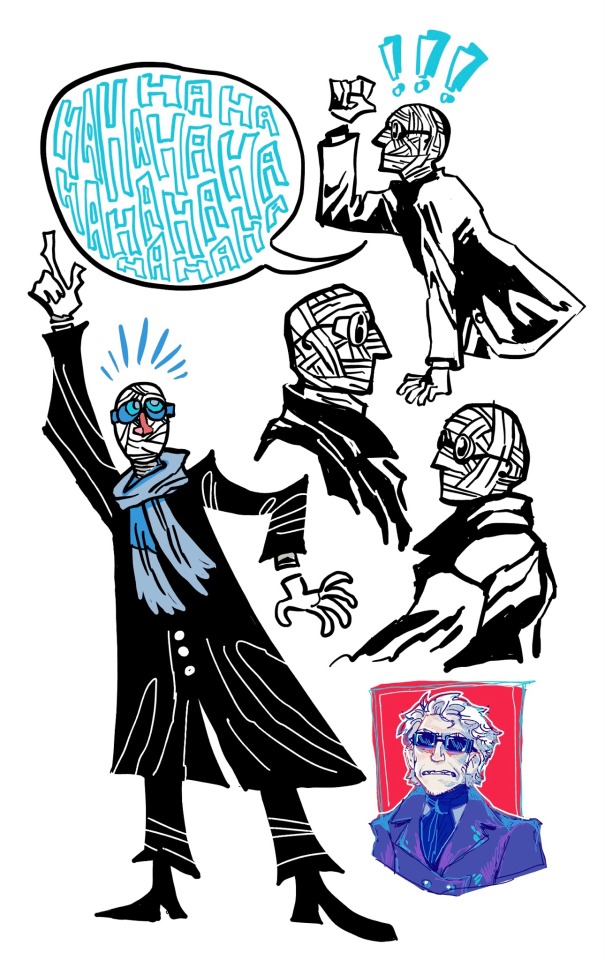


Guy who sucks
#my art#the invisible man#h g wells#gothic literature#THE funniest gothic lit character by far. no morals no ideals#just running around in the cold with plans of mass destruction#all that and he was played by claude rains in the movie. what could be better#oh wait#my animation
857 notes
·
View notes
Text


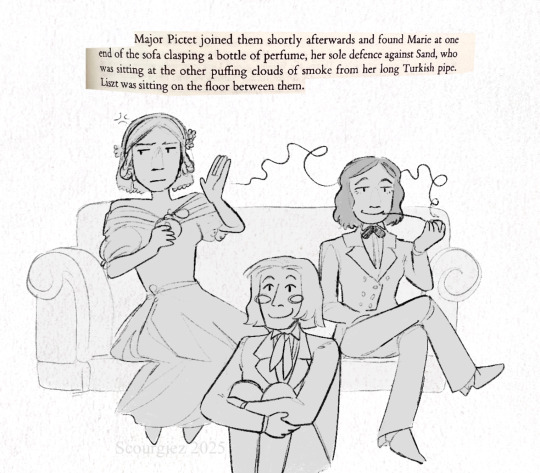
I keep thinking about the friendship they shared before they Stopped Liking Each Other
#marie d'agoult#george sand#composers#literature#fanart#franz liszt#quote is from Alan Walker#history fanart#history#romantic era#my art#do NOT let men get in the way of ur homegirl#moral of the story
42 notes
·
View notes
Quote
What gives literature its preeminence is its heavy burden of “content,” both reportage and moral judgment. (This makes it possible for most English and American literary critics to use literary works mainly as texts, or even pretexts, for social and cultural diagnosis — rather than concentrating on the properties of, say, a given novel or a play, as an art work.) But the model arts of our time are actually those with much less content, and a much cooler mode of moral judgment — like music, films, dance, architecture, painting, sculpture. The practice of these arts — all of which draw profusely, naturally, and without embarrassment, upon science and technology — are the locus of the new sensibility.
Susan Sontag, "One Culture and the New Sensibility"
#literature#art#content#style#morality#sensibility#quotes#Sontag#Susan Sontag#One Culture and the New Sensibility
78 notes
·
View notes
Text

✩🐦🔥⚔️Review:
Kuang’s debut novel is a gripping tale of the horrors of war and the cost of revenge.
“The Poppy War” follows Fang Runin (referred to simply as Rin), a war orphan that is one of the select few to successfully test into the most elite military school in Nikara. Once there, she explores the depths of the lethal, unearthly power she possesses. The Nikara Empire is at peace for now, but a Third Poppy War is brewing…and Rin’s shamanic powers may be the only way to save her people.
Kuang masterfully draws from Chinese history, more specifically the Second Sino-Japanese War and the Nanjing Massacre, to create her fictional world and inspire her system of magic. Though I was overwhelmed at times by how dense it was, I really appreciated her detailed world-building and how incredibly realistic it is. She weaves many underlying sociopolitical themes into her storyline, including race, class, colorism, and gender. The end result is a thought-provoking, haunting work of fiction.
I thoroughly enjoyed reading from Rin’s perspective as she navigates life at Sinegard, then life on the battlefield. Her character undergoes massive development with each section of the novel, the jarring tonal shifts making it even more anxiety inducing to witness. At the very beginning, her only worry is to survive school, but once the Federation of Mugen invades, her innocence is pried away from her as she watches fellow classmates be kidnapped, tortured, violated, and killed. With time, war hardens her, her desire for vengeance clouds her decision-making, and the terrible choices she is faced with corrupt her.
Admittedly, the pacing made it more challenging for me to get through this one. Life at the academy propelled the story forward for me, but there were moments—like when Rin and her division spent several weeks waiting for the Federation to strike—where I lost momentum. While I acknowledge that there is down time in war, I feel that had the pacing been more consistent and some of the character relationships been more fleshed out, I would have had a harder time putting this one down. I am interested to see where the story goes in book two.
Cross-posted to: Instagram | Amazon | Goodreads | StoryGraph
#the poppy war#the poppy war series#the poppy war trilogy#fang runin#yin nezha#altan trengsin#rf kuang#historical fiction#historical fantasy#debut novel#adult fantasy#adult fiction#adult literature#morally grey characters#booklr#book blog#book blogger#bookish#book review#bibliophile#book rec#bookaholic#bookworm#book recommendations
30 notes
·
View notes